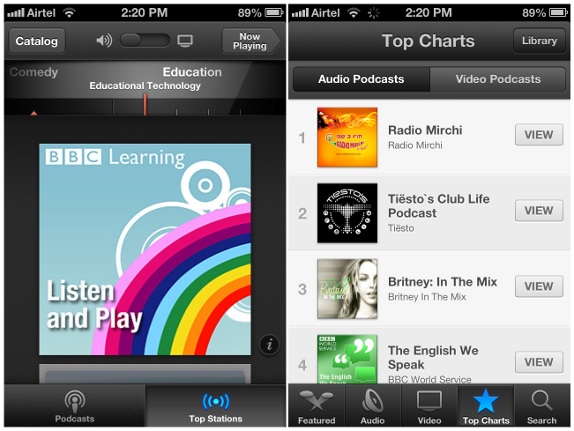
A new, smaller Micro USB port was spotted on the bottom of leaked iPhone 5 parts in a post on Mobilefun as well as in this video. Now TechCrunch has confirmed that Apple is indeed switching to a "19-pin" (presumably Micro USB) port on its forthcoming iPhone 5.
I've always detested Apple's dreadful 30-pin "Dock Connector" and its associated cable. Here are some of the reasons why:
It's proprietary. This means that if you want to charge or sync your iOS device, you need to buy one of these puppies from Apple. Sure, there are copies made by third parties, but they're usually lower quality, don't always work well and rarely last as long as the Apple OEM version.
It's expensive. The OEM Dock Connector to USB Cable (Apple PN MA591G/B) will set you back $19 (plus shipping). That's a King's ransom considering that a 6-foot Micro USB cable can be purchased for $0.59 (with free shipping!) That makes the Apple Dock Connector cable half as short and 32 times more expensive than Micro USB.
The cable's too short. At a paltry 39" (0.9m), the Apple Dock Connector cable is a hair over a yard (and under one meter) in length. Which is about long enough to reach from the surge protector on your floor to a short table. Heck it barely reaches to the top of a standard 32-inch high desk. Most people need to buy a longer version -- which Apple doesn't make -- leading to the aforementioned quality and power problems (especially with the new power-hungry iPad 3).
It's a crutch. Apple relied on its proprietary, expensive Dock Connector cable as the only way to sync its revolutionary iPhone for far too long. Especially for a device with three (count 'em) wireless radios.
The connector itself is enormous. At 26.1mm x 5.7mm the Dock Connector itself is almost 4 times larger (in each dimension) than a Micro USB plug, which measures a svelte 6.85mm x 1.8mm, which is over 12 times larger in volume (148.77 cubic mm vs. 12.33 cubic mm). The Dock Connector is the only reason that the iPod nano is as large as it is.
It was antiquated in 2007. Micro USB connector technology was announced by the USB Implementers Forum on January 4, 2007.
It's illegal. The European Commission approved a policy requiring all mobile phones to adopt the standard Micro USB charging connector beginning in January 2011. In October 2011 Apple began bundling European iPhones with an iPhone Micro USB Adapter to comply with the new law.
Although today's news is sure to send shockwaves through the third-party accessory community, I will happily dance a jig on the Dock Connector's grave when it happens.













